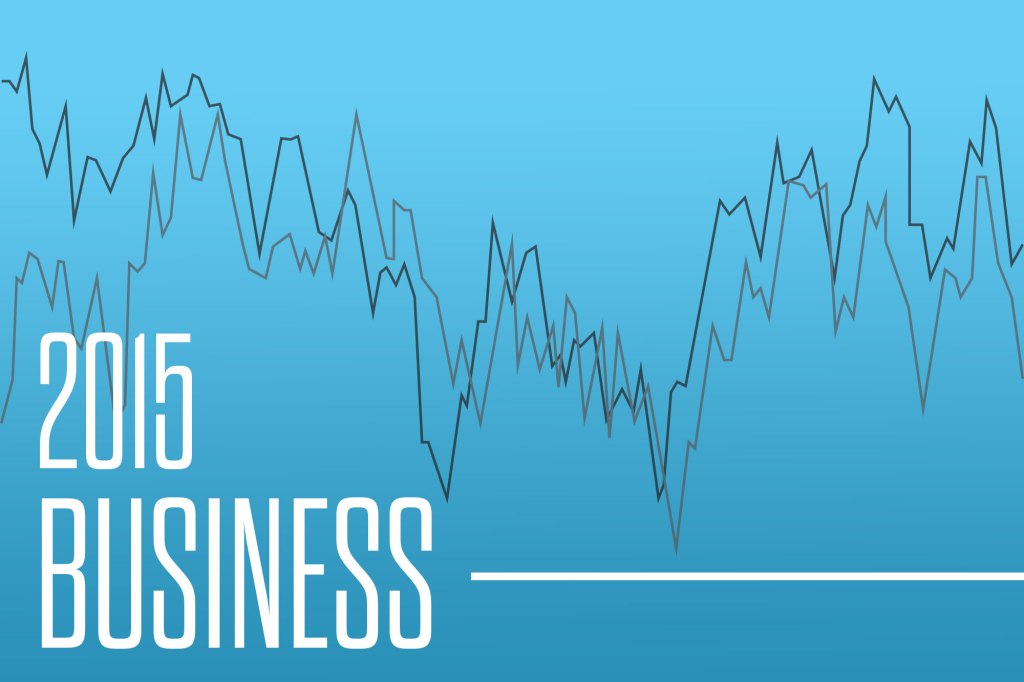Looking back at 2015, the lighting industry saw significant market fluctuations that ultimately capped the year on a low note. Here’s what happened last year and how it will affect the industry in 2016.
Each month, the National Electrical Manufacturers Association (NEMA) issues the Electroindustry Business Conditions Index (EBCI), which tracks the economic development of North American electrical industry manufacturers. The report is based on responses provided by 18 panelists, senior managers at NEMA member companies, who predict current and future business conditions.
The EBCI started 2015 on a fairly strong note, with more panelists reporting that business had improved than said that it had deteriorated. That trend sustained for four months before the EBCI dropped and subsequently rose dramatically in June and July. The EBCI ended the year with a score of 41.2, the lowest value it issued in 2015.
Looking ahead in 2016, the December EBCI reveals that a larger share of panelists reported that they expect business conditions six months from now to improve than predicted that they would worsen. However, lighting designers and manufacturers should note the accuracy of panelists’ forecasts. Although it is expected that panelists will generally be optimistic about the future of the industry, monthly EBCI values came in at an average of 17.97 points below panelists’ future predictions from six months prior.
As lighting designers often work closely with architects, it’s also helpful to keep tabs on the American Institute of Architects’ (AIA) Architecture Billings Index (ABI), which also experienced volatility in 2015. Last year ended with eight monthly reports reflecting growth and four reports of contracting billings figures in January, April, August, and November. Although the market for design services contracted to kick off 2015, the ABI closed the year in positive territory.
“Since architecture firms continue to report that they are bringing in new projects, this volatility in billings doesn’t seem to reflect any underlying weakness in the construction sector,” AIA chief economist Kermit Baker, Hon. AIA, said in a press release about the November ABI report. “Rather, it could reflect the uncertainty of moving ahead with projects given the continued tightness in construction financing and the growing labor shortage problem gripping the entire design and construction industries.”
